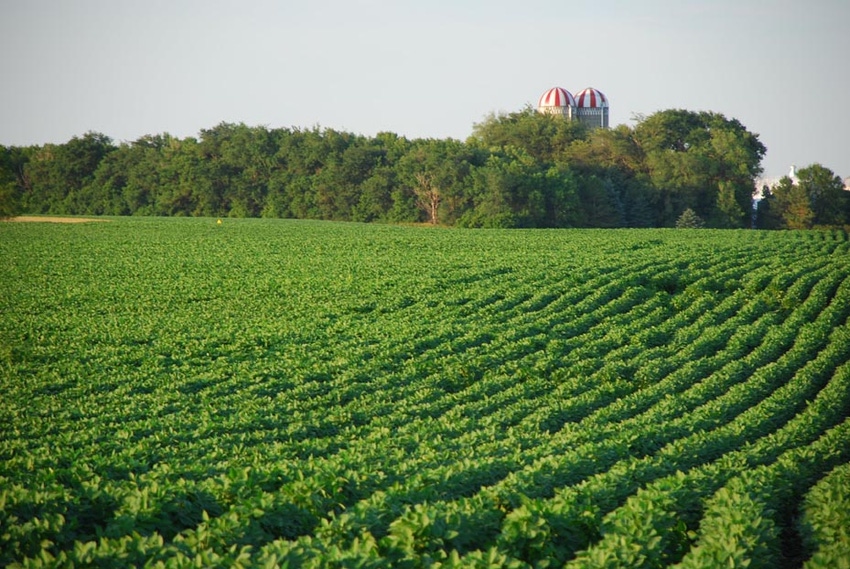May 31, 2017

The cash rental rate information presented in this publication is from a survey of farmers, landowners, agricultural lenders, and professional farm managers. They supplied information based on their best judgments about typical cash rental rates for high, medium, and low quality cropland in their counties, as well as for land devoted to production of hay, oats, and pasture. Information about rents for individual farms was not collected. The rental rates summarized in this publication do not include the value of any buildings or storage structures, manure application contracts, or seed production contracts.
The cooperation and assistance of the landowners, farmers, and agribusiness people who responded to this survey are greatly appreciated. Figure 1 shows the distribution of the 1,448 responses was 52 percent from farm operators, 29 percent from landowners, 9 percent from agricultural lenders, 9 percent from professional farm managers and realtors, and 2 percent from other professions. Respondents indicated being familiar with a total of 1.7 million cash rented acres across the state.

Determining Cash Rents
This summary can be used as a reference point for determining an appropriate cash rental rate for a particular farm. The following may justify a higher or lower than average rent in specific cases:
• Small size or unusual shape of fields
•Terraces or creeks that affect the time it takes to plant and harvest crops

• Difficult or restricted access to fields
• High or low fertility levels or pH index
• Existence of contracts for growing seed or specialty grains, or manure application
• Above-average local grain prices due to proximity to biofuel plants or feed mills
• USDA program variables, such as crop bases and assigned yields
• Longevity of the lease
• Other services performed by the tenant

Definitions
Number of responses – number of individuals who reported typical rental rates for each county.
2012-2016 average yields – based on farm level data collected by National Agricultural Statistics Service (NASS) for each county.
Average row crop CSR2 index – average corn suitability rating 2 (CSR2) for the highest rated acres in each county, up to 110 percent of the number of acres planted to corn and soybeans in that county. Note: starting in 2014, values were converted to the CSR2 system, based on ISPAID 8.1.
High, medium and low quality third land – quality of land planted to corn and soybeans, using typical corn yields as a reference for land quality within the county.
Typical corn yields – average yields for the high third, medium third, and low third farms in each county as reported to NASS.
Average rents per unit – overall average rent for corn and soybean land in each county divided by the 5-year average corn yield, 5-year average soybean yield, and the average row crop CSR2 index value for each county.
Improved permanent pasture – pasture that contains both grasses and legumes and is regularly fertilized.
Improved permanent pasture – pasture that contains both grasses and legumes and is regularly fertilized.
Unimproved pasture – pasture with mainly bluegrass that receives little fertilizer or renovation.
Pasture, $/AUM – rent charged per animal unit month. One AUM is equal to a beef cow and calf or equivalent grazing for one month.
Cornstalk grazing – includes grazing of cornstalks in fall or winter, but not mechanical harvesting.
Hunting rights – rent charged to allow hunting on land, per year.
You May Also Like




